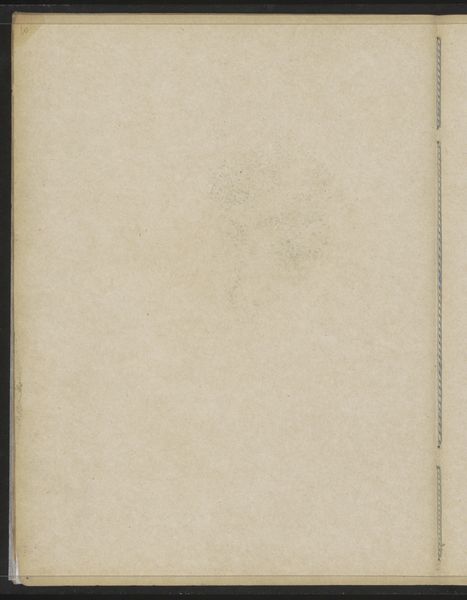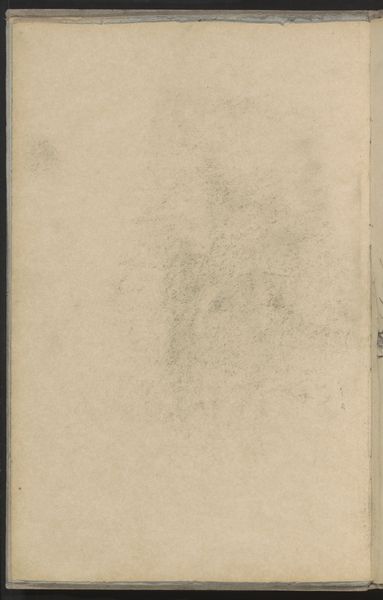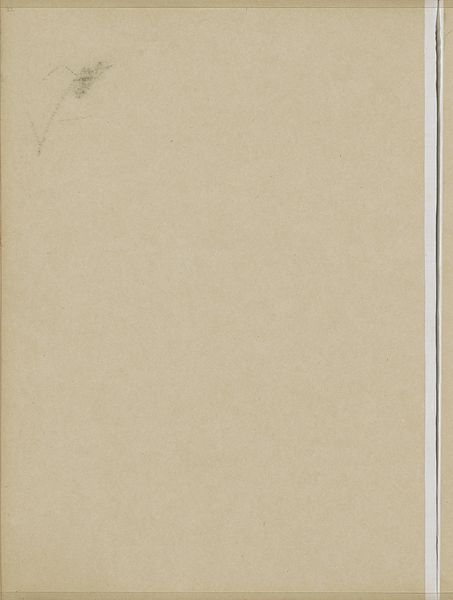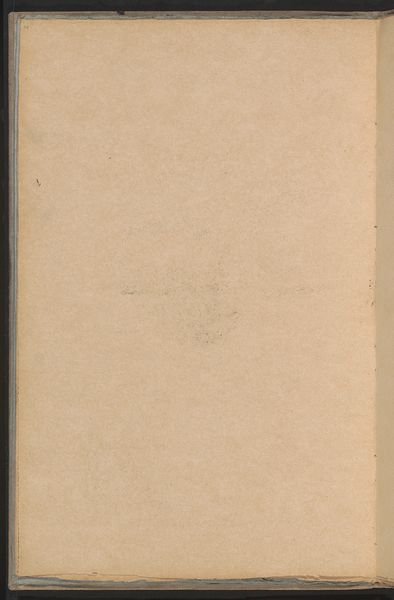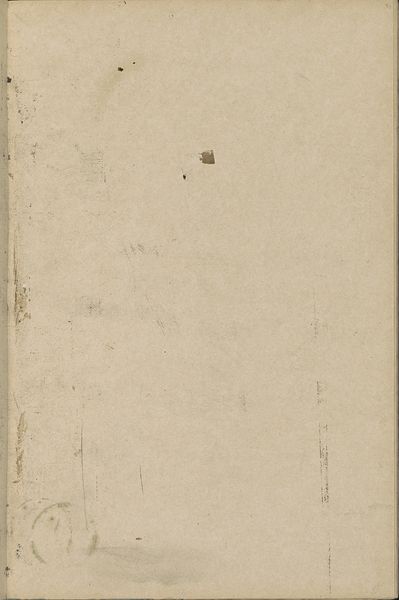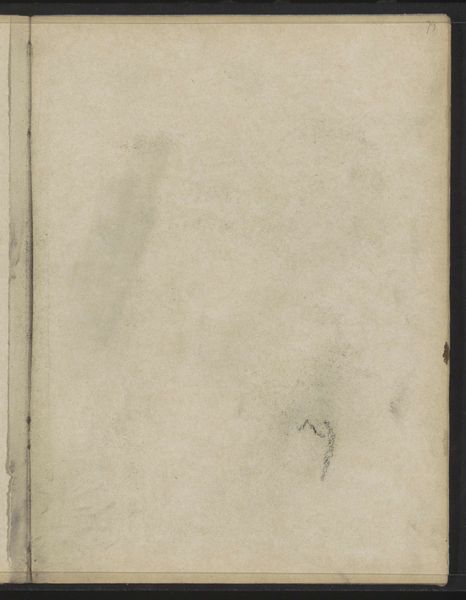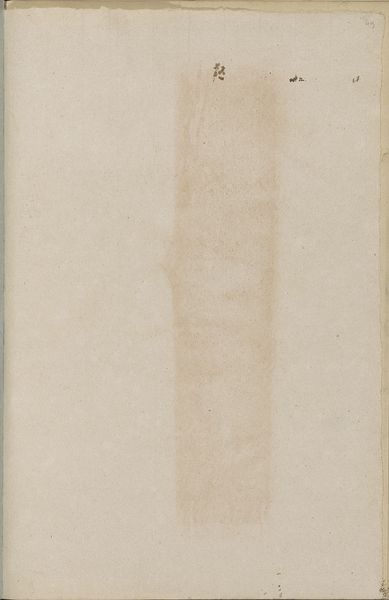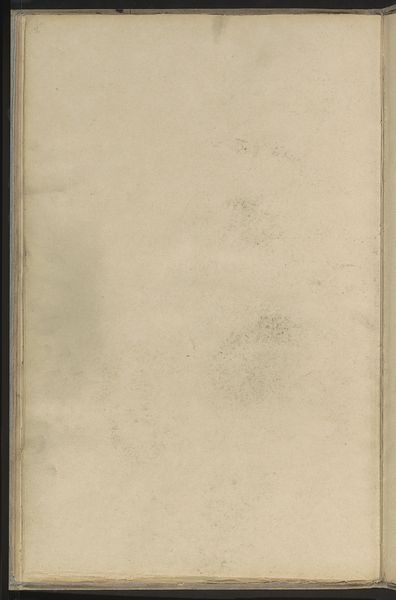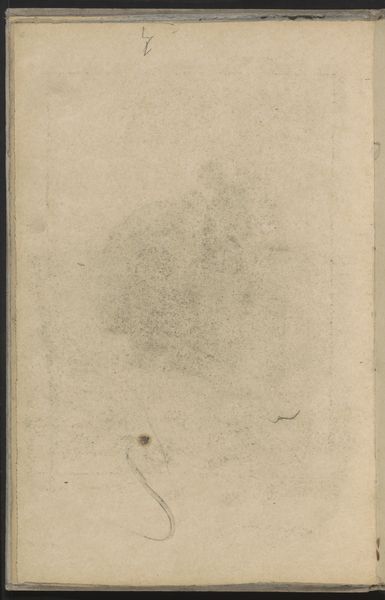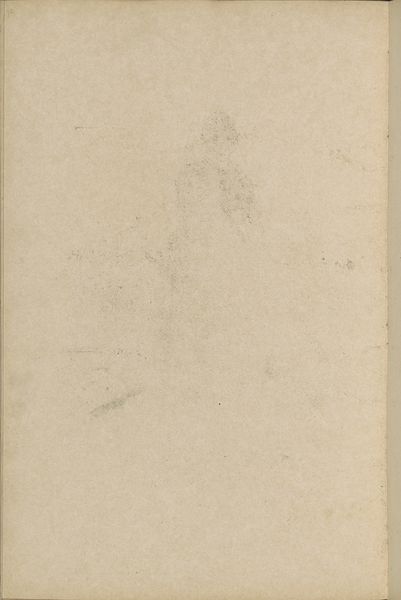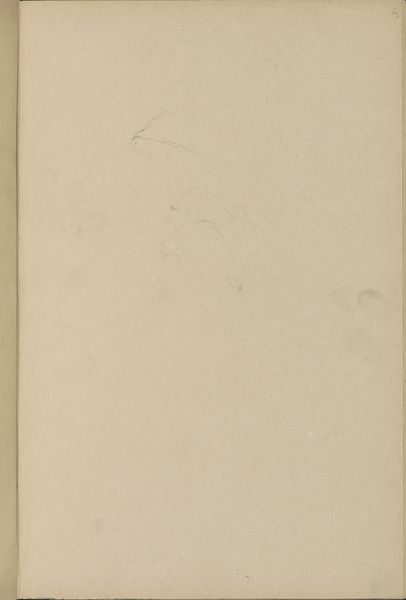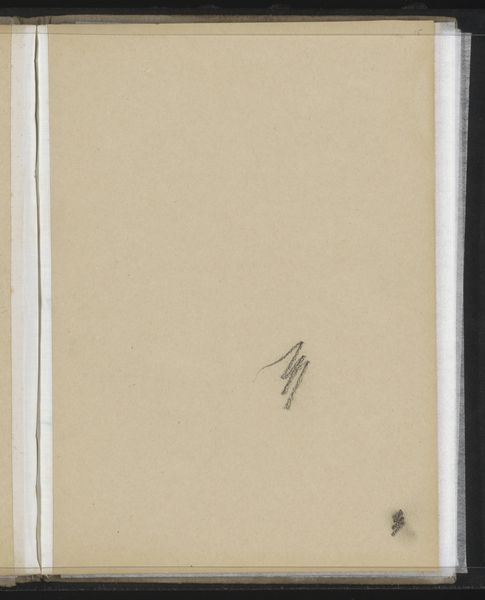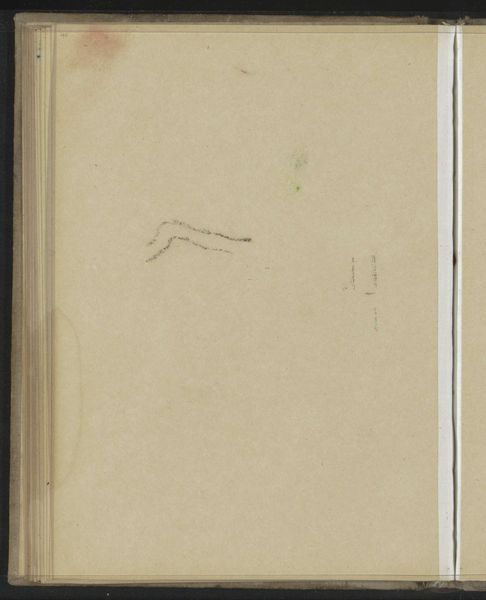
drawing, paper, graphite
#
portrait
#
drawing
#
impressionism
#
landscape
#
paper
#
graphite
Copyright: Rijks Museum: Open Domain
Editor: Here we have Willem Witsen’s "Studie," from around 1886, a drawing rendered in graphite on paper, currently held at the Rijksmuseum. At first glance, the visible tooth of the paper stands out – it makes me think about the artist’s hand, the deliberate act of creating something. What elements particularly grab your attention? Curator: It's interesting you point that out! I immediately consider the materiality of this "Studie." Graphite, paper - everyday materials, accessible and inexpensive. This immediately shifts our understanding away from the artist as genius and more towards a maker engaged with the tools and supplies available. It prompts the question, "Why this medium?" Was it a choice born of convenience, financial constraint, or an intentional effort to demystify the art-making process? Editor: That's a good point! I didn’t consider the potential social or economic reasons behind using accessible materials. Does this piece resonate with other works of the time in its emphasis on ordinary materials? Curator: Absolutely. During the late 19th century, there was a growing trend of artists turning their attention to the everyday lives and material conditions of the working class. Consider how other Impressionists were depicting urban landscapes and laborers; Witsen, through his choice of materials and what appear to be humble subjects, subtly participates in a larger artistic dialogue about the value of labor, the accessibility of artmaking, and the blurring of boundaries between art and craft. Are we looking at high art here or something else? Editor: That really opens my eyes to the broader significance. So, it’s not just about the image, but also about the means of production. I guess I was seeing it from too narrow a perspective. Curator: Exactly. And thinking about art this way shifts the emphasis from aesthetics alone to the social and economic factors that shape artistic creation. We might consider the market for works on paper as opposed to paintings as another relevant consideration. Editor: I learned a lot from this. Thanks for showing me the piece in a totally different light! Curator: My pleasure! Considering materiality is a really powerful lens for examining any work of art.
Comments
No comments
Be the first to comment and join the conversation on the ultimate creative platform.
